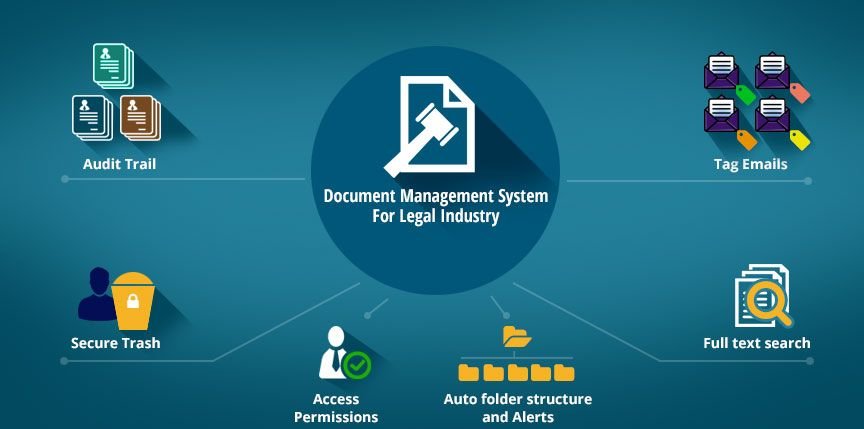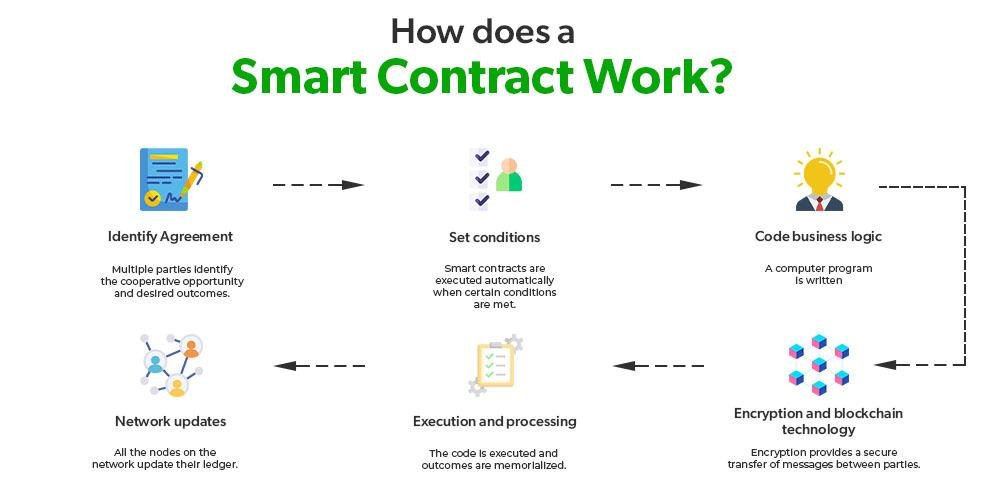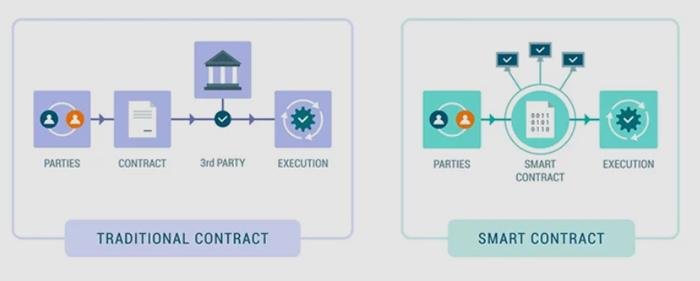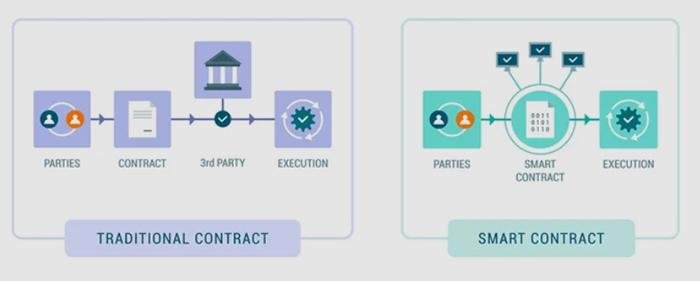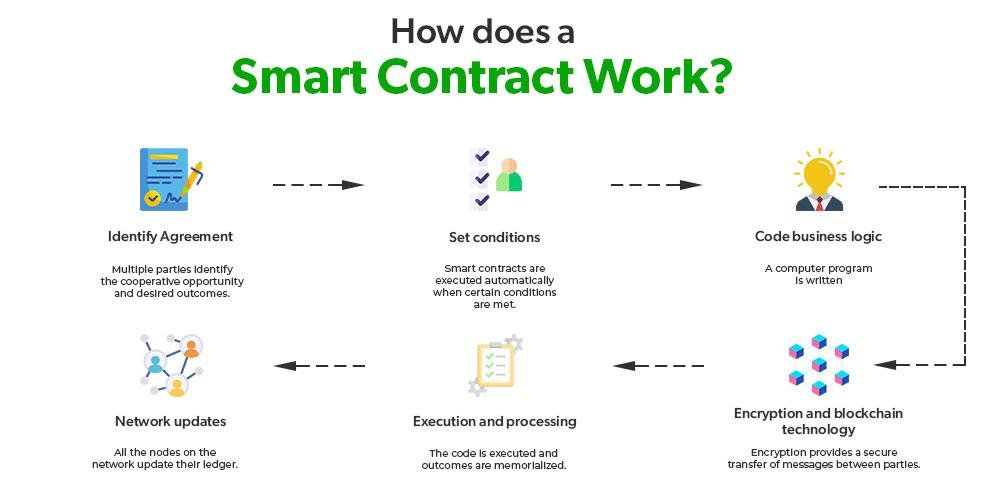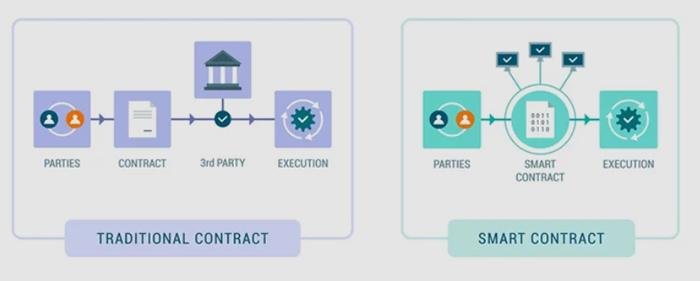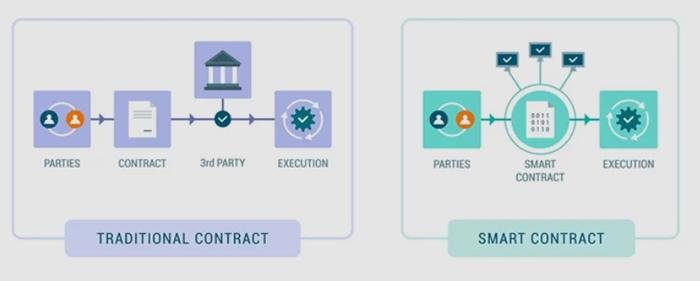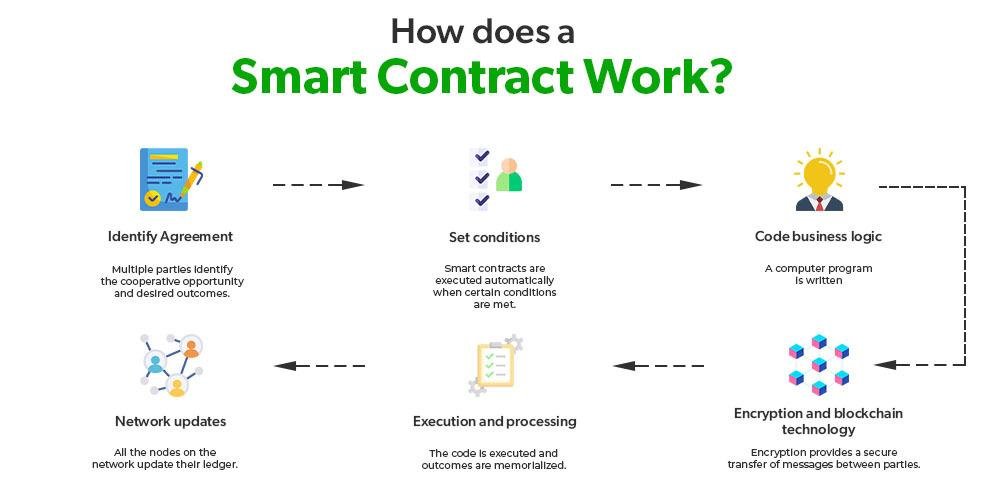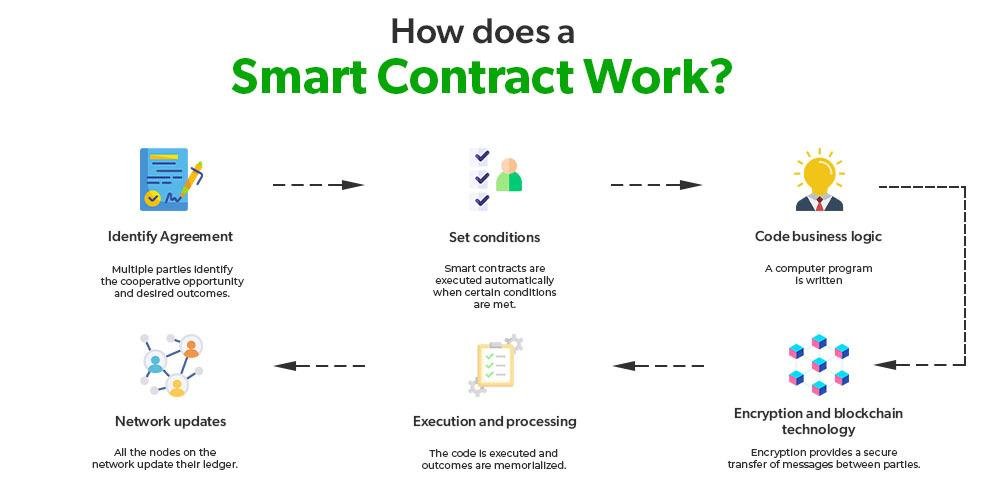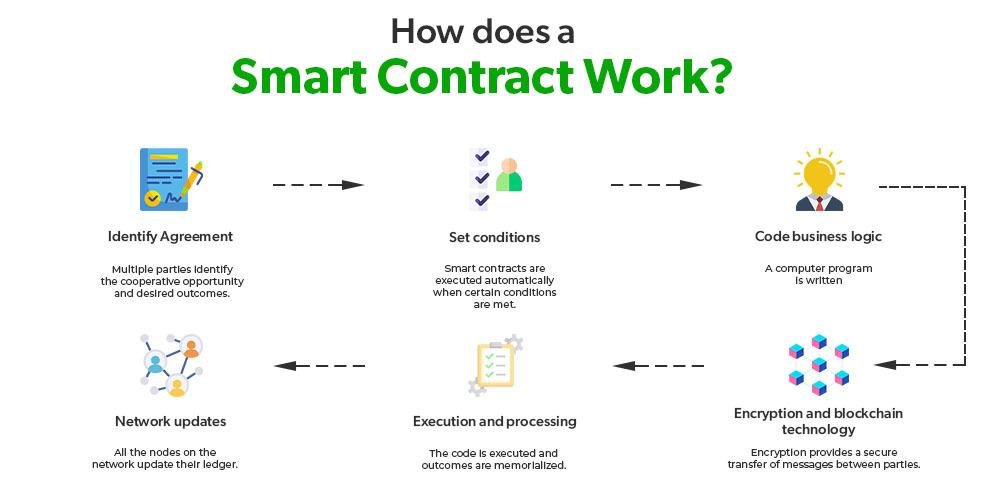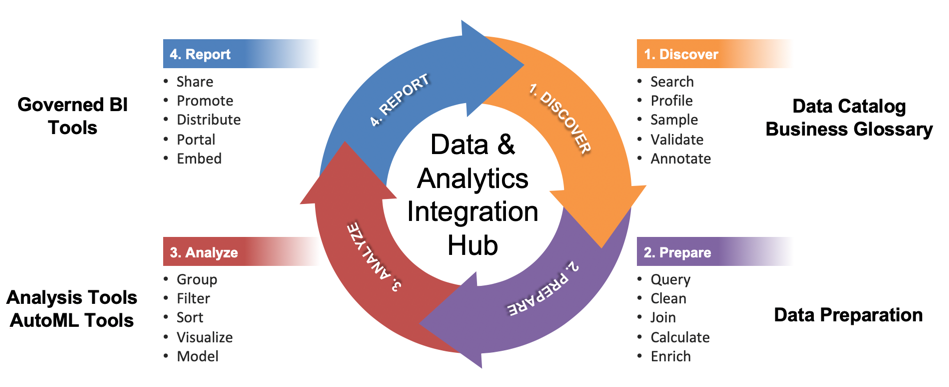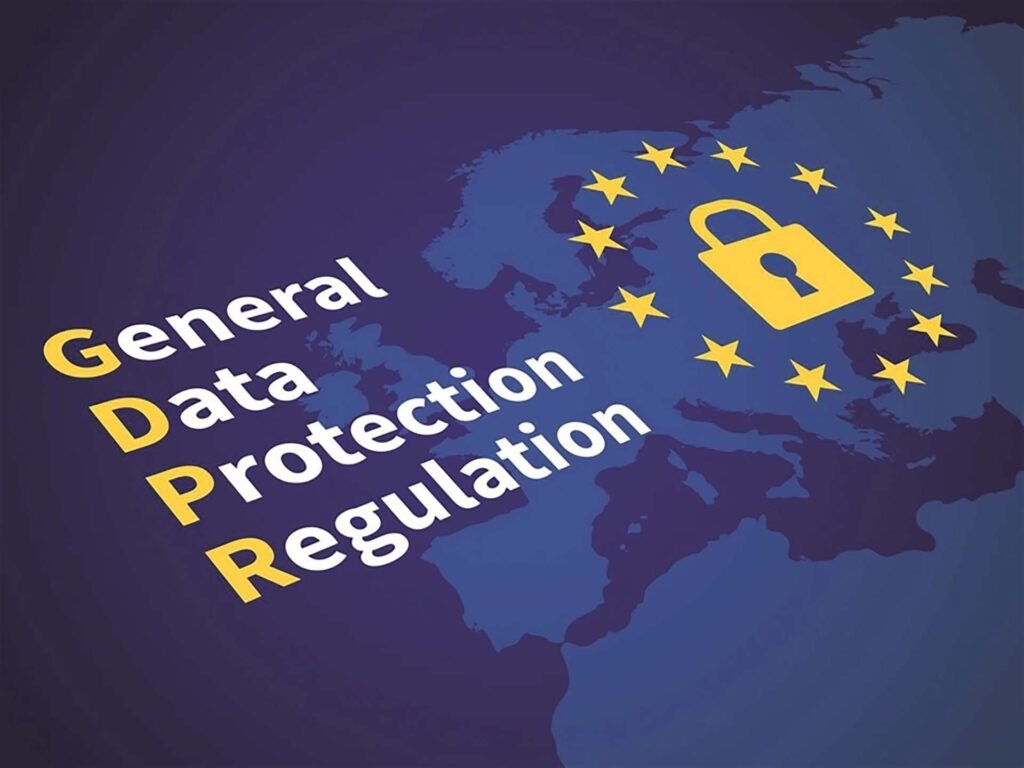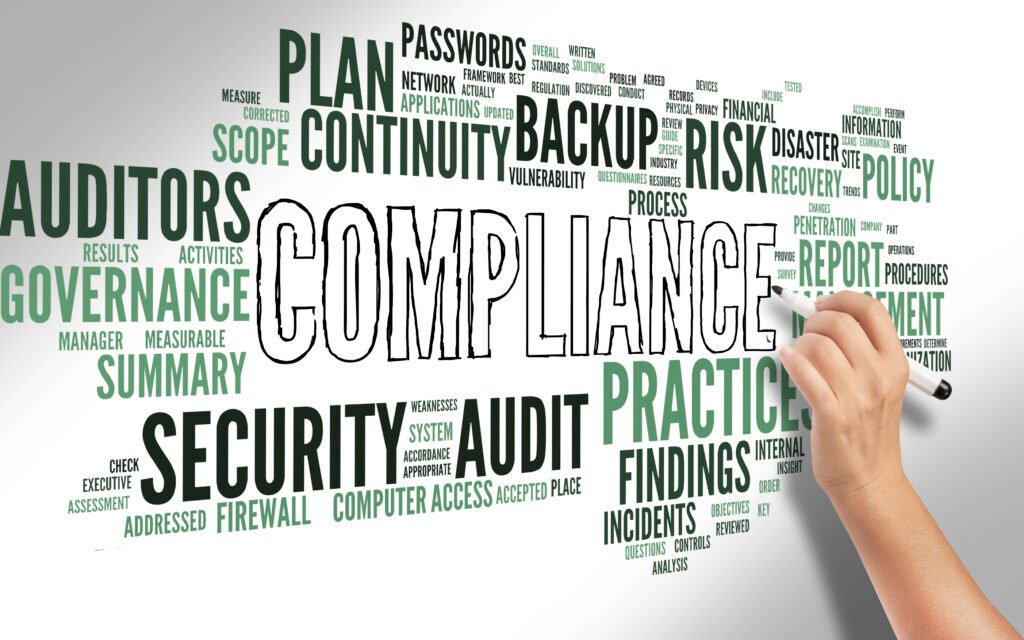Common Mistakes in E-Discovery and How to Avoid Them
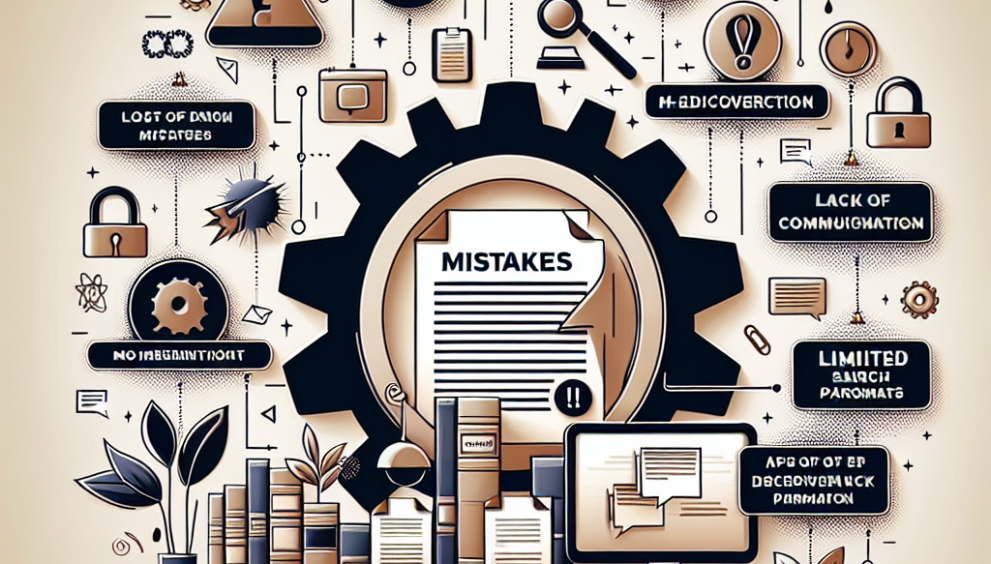
Table of Contents
Introduction
E-Discovery, or electronic discovery, is a critical process in legal proceedings that involves the identification, collection, and analysis of electronically stored information (ESI). As the volume of digital data continues to grow, the complexities of e-Discovery can lead to significant challenges for legal teams. Common mistakes in e-Discovery can result in lost evidence, increased costs, and potential sanctions. This introduction highlights the importance of understanding these pitfalls and offers strategies to avoid them, ensuring a more efficient and effective e-Discovery process. By recognizing and addressing these common errors, legal professionals can better navigate the intricacies of digital evidence and uphold the integrity of their cases.
Inadequate Data Preservation in E-Discovery: Key Points
In the field of e-discovery, data preservation is crucial but often overlooked. Failing to preserve data properly can lead to serious legal issues, such as spoliation claims, which can undermine a case. Here’s a simplified breakdown of the importance of data preservation and how organizations can improve their practices:
- Understanding Data Types and Sources
- Diverse Data: Data comes in many forms—emails, documents, instant messages, and social media interactions can all be relevant.
- Comprehensive Plans: Organizations should create a preservation plan that includes all potential data sources, not just obvious ones like email servers or shared drives.
- Timeliness of Preservation
- Act Quickly: Once litigation is anticipated, organizations must act swiftly to preserve relevant data.
- Avoid Delays: Delaying preservation can lead to lost evidence due to routine data deletion or accidental changes.
- Structured Preservation Methods
- Formal Processes: Relying on informal methods can cause inconsistencies and data loss.
- Legal Hold Notices: These notices should clearly outline what data needs to be preserved and the consequences of failing to comply.
- Utilizing Technology
- Modern Tools: Many organizations underestimate the capabilities of e-discovery software that can automate and simplify preservation.
- Enhancing Efficiency: Leveraging technology reduces human error and ensures that all relevant data is preserved effectively.
- Ongoing Training and Awareness
- Educate Employees: All staff should understand the importance of data preservation and the specific protocols in place.
- Foster Compliance: Regular training can empower employees to handle relevant information responsibly and recognize their role in the preservation process.
Poor Communication Among Teams in E-Discovery: Key Points
Effective communication is crucial in e-discovery for the success of legal cases. When communication breaks down, it can lead to serious issues, such as missed deadlines and incomplete data collection. Here’s a simplified overview of the challenges and solutions related to poor communication among teams:
- Impact of Poor Communication
- Missed Deadlines: Lack of clarity can result in critical timelines being overlooked.
- Incomplete Data Collection: Teams may miss essential information or collect irrelevant data.
- Misunderstandings: Poor communication increases the risk of misinterpretations, leading to duplicated efforts or gaps in data.
- Example Scenario
- Legal and IT Teams: If the legal team fails to clearly specify the needed data types or context, the IT team might overlook important files or provide unnecessary information. This misalignment wastes time and increases costs.
- Technology Challenges
- Fragmented Tools: Different tools and platforms can lead to a lack of integration, making collaboration difficult.
- Unified Platforms: Choosing a single platform for data collection and analysis helps ensure everyone accesses the same information and reduces miscommunication.
- Cultural Differences
- Varied Communication Styles: Team members may have different preferences for communication—some may be direct, while others are more nuanced.
- Encouraging Dialogue: Promote understanding of these differences and encourage open communication. Regular check-ins can help clarify roles and concerns.
- Establishing Clear Protocols
- Define Roles and Responsibilities: Clear expectations for communication and information sharing can improve the process.
- Set Communication Guidelines: Decide how often team members should update each other and what information should be shared. Using project management tools can streamline these updates.
- Proactive Communication Strategies
- Prioritize Clarity: Encourage clear and consistent communication among team members.
- Foster Collaboration: Create an environment where team members feel comfortable sharing information and asking for clarification.
Ignoring Metadata in E-Discovery: Key Points

Metadata, or “data about data,” is crucial in e-discovery as it provides essential context that can influence legal outcomes. Unfortunately, many professionals overlook this important element, leading to incomplete evidence interpretations and potentially harmful consequences. Here’s a simplified overview of the importance of metadata in e-discovery:
- Understanding Metadata
- Definition: Metadata includes details like document creation date, author, modification history, and file location.
- Importance: It can reveal behavior patterns, establish timelines, and assess document authenticity. For example, if a document was modified right before a significant event, the metadata may raise questions about its credibility.
- Consequences of Ignoring Metadata
- Legal Sanctions: Neglecting metadata can result in court sanctions or adverse rulings.
- Credibility Issues: Courts expect thorough e-discovery, and failing to review metadata may appear as a lack of diligence or concealment, harming a party’s credibility.
- Prioritizing Metadata Examination
- Robust Practices: Implement data management protocols for the collection, preservation, and analysis of electronic evidence.
- Specialized Tools: Use e-discovery tools that efficiently extract and analyze metadata, providing deeper insights into the evidence.
- Training and Education
- Empower Professionals: Equip legal teams with the knowledge to recognize and interpret metadata’s significance.
- Regular Training: Conduct workshops to foster awareness about the importance of metadata in e-discovery.
- Collaboration is Key
- Teamwork: Encourage collaboration between legal teams, IT professionals, and data analysts to ensure comprehensive metadata analysis.
- Enhanced Understanding: Working together improves the quality of e-discovery and leads to better legal outcomes.
You May Also Like: E-Discovery Fundamentals: Key Steps and Best Practices for Big Data Management
Overlooking Legal Hold Procedures in E-Discovery: Key Points
Legal hold procedures are crucial in e-discovery to preserve relevant information during litigation. Failing to implement these procedures can have serious consequences, including the loss of evidence. Here’s a simplified overview of the importance of legal hold procedures:
- Timeliness of Legal Holds
- Act Quickly: Organizations must issue a legal hold immediately upon awareness of potential litigation to preserve relevant data.
- Avoid Delays: Delays can lead to accidental destruction of evidence through routine data deletion or employee actions.
- Employee Awareness and Training
- Clear Responsibilities: All employees should understand their obligations regarding data preservation when a legal hold is in place.
- Comprehensive Training: Provide training and documentation outlining specific procedures to avoid confusion and unintentional violations.
- Regular Review and Updates
- Evolving Legal Landscape: Regularly audit legal hold procedures to identify gaps and improve strategies.
- Adapt to New Technologies: Update procedures as data storage methods and technologies change to ensure compliance.
- Monitoring Compliance
- Track Adherence: Implement mechanisms to monitor compliance with legal hold directives, such as regular check-ins and audits.
- Use Technology: Leverage tools to help track data retention and identify potential issues early.
- Ongoing Process
- Dynamic Nature: Recognize that legal holds are not one-time actions but ongoing processes that may need adjustments as cases evolve.
- Stay Responsive: Continuously assess and adapt legal holds based on new information or changes in the litigation landscape.
Neglecting Quality Control Measures in E-Discovery: Key Points
Quality control measures are essential in e-discovery to ensure accuracy and reliability. Neglecting these measures can lead to serious consequences, including lost evidence, increased costs, and damaged credibility in court. Here’s a simplified overview of the importance of quality control in e-discovery:
- Establish a Quality Control Framework
- Comprehensive Planning: Create a structured quality control plan from the beginning.
- Key Steps: Outline specific procedures for data identification, collection, processing, and review.
- Regular Checkpoints: Implement periodic reviews to ensure the process stays on track and issues are addressed promptly.
- Invest in Team Training
- Thorough Training: Provide comprehensive training on e-discovery tools and technologies.
- Emphasize Quality Control: Teach the importance of quality control measures to reduce the likelihood of errors.
- Foster Continuous Learning: Encourage a culture of improvement to enhance team effectiveness.
- Conduct Regular Audits and Reviews
- Ongoing Evaluation: Don’t assume work is complete after document review; conduct periodic audits.
- Identify Discrepancies: Use audits to spot any inconsistencies and areas for improvement.
- Learning Opportunities: Treat audits as chances to refine strategies and improve performance.
- Utilize Technology Effectively
- Choose Reliable Tools: Select dependable e-discovery software that fits your needs.
- Regular Maintenance: Ensure tools are properly configured and updated to handle modern data complexities.
- Enhance Accuracy: Proper technology use improves the accuracy and efficiency of the e-discovery process.
Conclusion
Common mistakes in e-discovery include inadequate data preservation, failure to properly identify relevant data sources, poor communication among stakeholders, and insufficient documentation of processes. To avoid these pitfalls, organizations should implement a clear e-discovery plan, ensure comprehensive training for all team members, utilize advanced technology for data management, and maintain open lines of communication throughout the process. Regular audits and updates to the e-discovery strategy can also help mitigate risks and enhance overall efficiency.













































































































































































































































































































































































